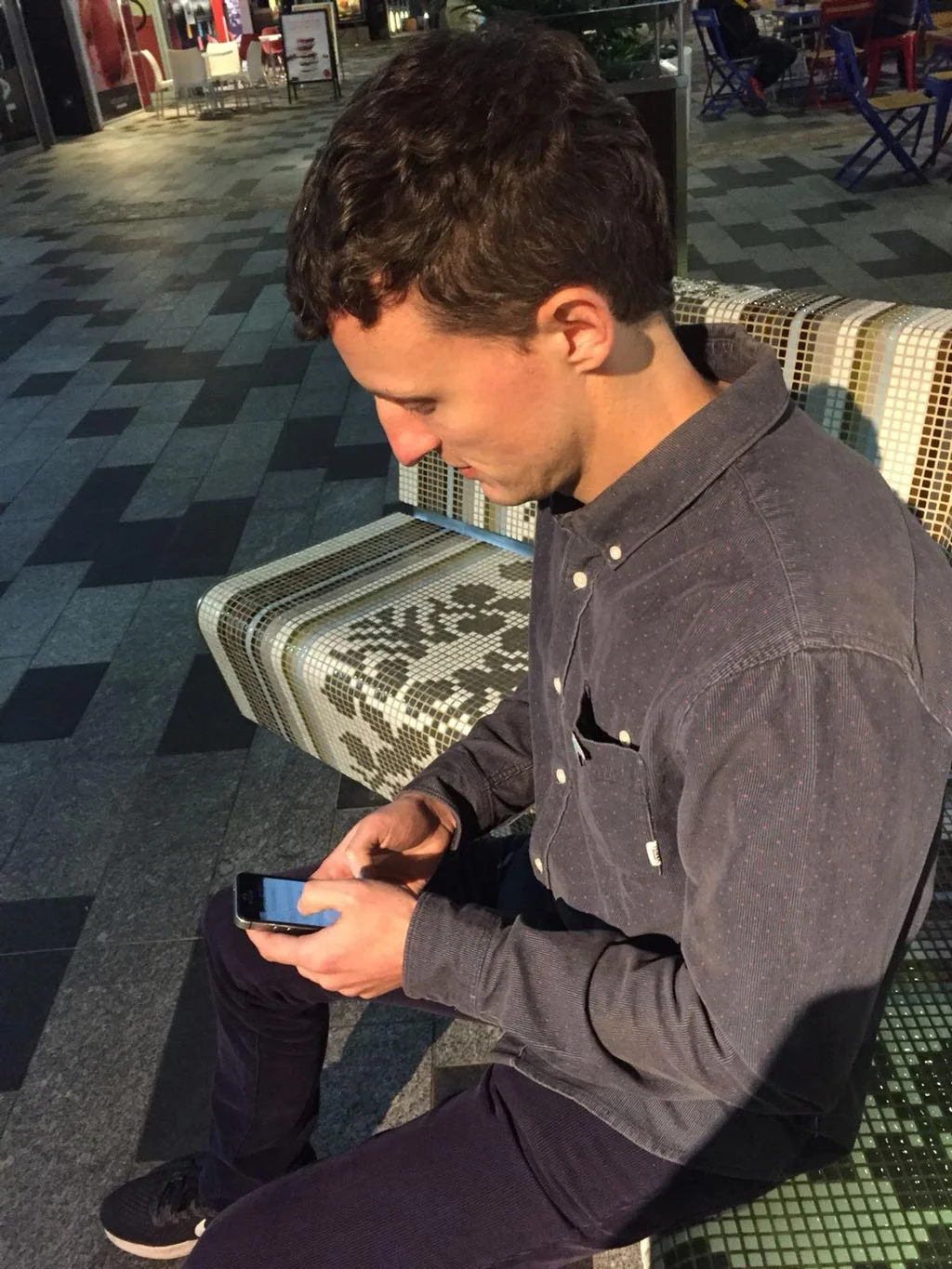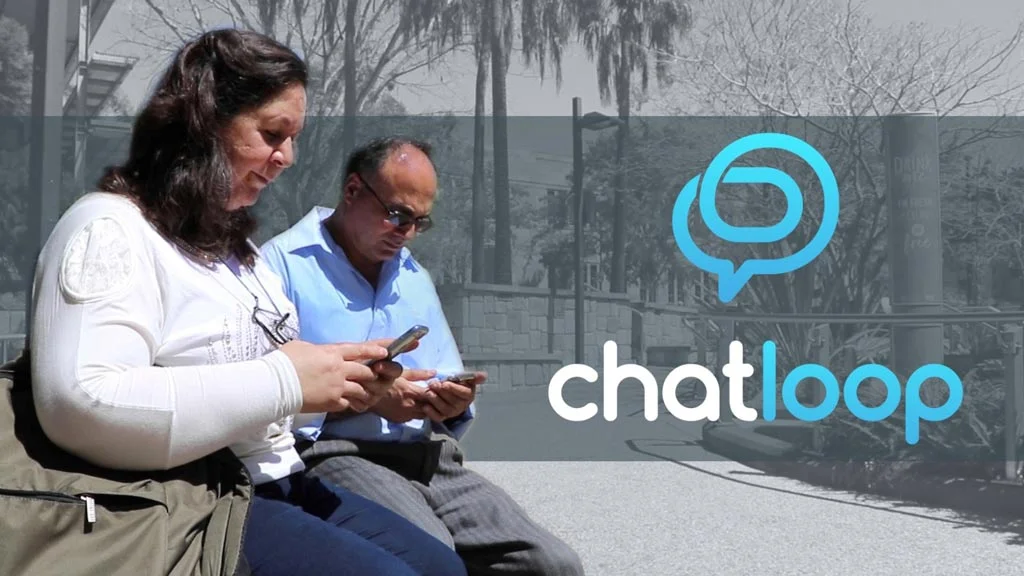Improving Micro-Volunteering; Key Factors For Your Social Enterprise To Consider
Micro-volunteering is a concept that has been in constant evolution since it first hit our collective lexicon in 2006.
Usually enabled by Internet technologies, micro-volunteering involves people contributing their time in small, manageable chunks, completing small jobs that are usually part of a bigger project. In many cases, the volunteers are not required to make a long-term commitment, or even expected to volunteer again. So what factors would come into play if you were to explore introducing micro-volunteering successfully in your social enterprise?
In this blog post, I take a look at five factors that might be contributing to Chatloop’s high volunteer retention rates.
Firstly, a little about our history. Chatloop is a form of micro-volunteering, connecting volunteers to people from refugee backgrounds through a messaging app for some daily language practice. Chatloop volunteers are only expected to send a couple of messages a day, which only takes 5 minutes of their day. Unlike many other micro-volunteering outlets, however, Chatloop expects its volunteers to stick with the program, and make communicating with refugees a small part of their daily life. And for the most part, Chatloop volunteers have stepped up and met this expectation. In the first 12 months of the Chatloop pilot program, only 15% of the volunteers who completed the training have dropped out along the way.
Here are what I consider to be the key factors. They’re speculative, but hopefully can stimulate some thought and discussion about future directions for micro-volunteering:
1. Convenience
I think that part of the reason why Chatloop volunteers stick with it day after day is because it is so convenient. Very convenient. They can do it on the bus, even. It should be the goal of micro-volunteering outlets to enable volunteers to put their idle time to use, rather than asking them to set aside some of their productive time for volunteering. To target this idle time, micro-volunteering tasks need to be do-it-on-the-bus-level convenient. Be My Eyes is another micro-volunteering app that reaches this level of convenience.
2. Immediacy
It’s well known that volunteers are more likely to feel satisfied with their volunteering if they can experience the impact of their efforts firsthand. Micro-volunteering is no different. Which is more likely to leave a volunteer feeling like they got something out of their volunteering: writing some copy for a webpage that is sometimes read by refugees, or chatting one-on-one with a refugee through text messages to help them learn English?
3. Convenient Training
If volunteers are expected to contribute bite-sized chunks of their time, then it makes sense that any volunteer training is also delivered in bite-sized chunks. Chatloop’s volunteer training is delivered online in 5-minute modules. And it can be done on the bus.
4. Skills Development
I think another reason why Chatloop volunteers stick with it is because they feel that being a Chatloop partner is a skill, and that they improve with every Chatloop activity. Chatloop doesn’t treat its volunteers like unskilled, temporary labour. Instead, joining Chatloop feels like starting a new job at a professional organisation. They are given training, and told what the organisation’s expectations of them are. They are given feedback, praised when they do well, and told where they can improve. Chatloop also has additional training courses that allow volunteers to broaden their skills. And the forthcoming Chatloop app (see below) will offer volunteers the opportunity for advancement. Just like being part of the team in a professional organisation. We want Chatloop volunteers to be proud to call themselves as such, because they had to put in some work to get good at it. Conversely, how much easier is for volunteers to walk away from the next task if they are thinking that there are lots of other people who can do it?
5. Recognition
Most people volunteer, first and foremost, to see that some good gets done. It’s still nice, however, when other people notice that the volunteers have been doing some good. Chatloop keeps track of how much work our volunteers have done. When they reach certain milestones, we let them know. We don’t make a public song-and-dance about it, just enough to let them know that their efforts are not going unnoticed.
Although it’s still early days for Chatloop and its unique approach to micro-volunteering, I think these five factors are worth considering when developing or modifying micro-volunteering programs. But will Chatloop’s micro-volunteering experiment still work when we’ve got a hundred thousand volunteers, instead of close to 100? I’ll be happy to share the journey and report back as we progress.
We’d love your help to make large-scale Chatloop micro-volunteering a reality. Please join the movement and contribute to our crowdfunding campaign, at www.startsomegood.com/chatloop. We’re raising funds to build a Chatloop app that will allow us to put Chatloop into the pockets of hundreds of thousands of volunteers and people from refugee backgrounds around the world. We appreciate your support!
About the author
Michael Mersiades is the founder of Neon King Kong, the social enterprise developing Chatloop. Michael has a passion for language learning and intercultural communication. He’s lived in Japan and Indonesia and learnt both languages. He holds a Masters of Applied Linguistics and is working on a PhD in the same field. He has worked in the edtech industry in Tokyo, where he was involved in the development of language learning apps and online university entrance exams.









